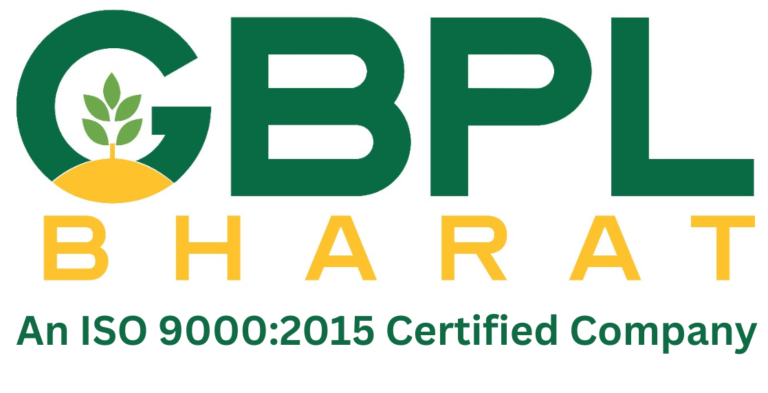Phosphorus in Crop Production
Phosphorus (P) is essential for plant growth and is required in large amounts by plants. P fertilizer is applied on about 85 per cent of Saskatchewan's cropland. Saskatchewan soils tend to be low in plant available P and soil test summaries indicate more than 80 per cent of fields would benefit from additional P.
Plants need P throughout their life cycle, especially during early growth stages for cell division and for the N-fixation process for pulses and legumes.
P is mobile in the plant, so it is absorbed during early growth and is later redirected for use in seed formation. Cereals, for example, rely heavily on the P taken up in the first four weeks of growth for crop establishment, tillering and final yield.
Phosphorus is relatively immobile (moves very little) in the soil. Thus, it will not leach like nitrate and sulphate or be carried to plant roots by soil water. Furthermore, P from phosphate fertilizer will readily react with soil minerals making it less plant available.
When granular phosphate fertilizer is added to moist soil, it quickly dissolves releasing orthophosphate ions to the soil solution. Most liquid P fertilizer is ammonium polyphosphate, which when added to soil reacts with water to form orthophosphate. Over time these ions react with calcium and other ions forming less plant available P compounds. No difference has been recorded in crop response to dry versus liquid fertilizer P formulations.
Manures are a source of inorganic and organic P. Organic P must be mineralized to orthophosphate to become plant available. Some manure, especially solid manures, have a low N:P ratio relative to crop requirements, so application of manure alone to match the crop N requirement can lead to P build up.
Most crops recover only 10 to 30 per cent of the P in fertilizer the first year following application. Recovery varies widely depending on soil type and conditions, the crop grown and application method. However, Saskatchewan research has shown that the newly formed "less available P compounds" are more plant available than the "native soil P minerals". Thus, crops can continue to recover fertilizer P for several years after application and over the course of many years, utilization of fertilizer P will approach 100 per cent.
P availability is dependent on several factors.
Soil texture: soils high in clay content fix/absorb more P than those with less clay.
Calcium carbonate content: more P is converted to the 'less available calcium phosphate compounds' in soils containing more calcium carbonate.
Soil temperature: low soil temperature will reduce P availability by slowing the movement of P from the soil to the root and by reducing the mineralization of organic matter to plant available inorganic P.
Soil moisture: P is more plant available with 'good' soil moisture.
Soil pH: P is most plant available between pH 6.5 and 7.0. In soils with low pH (acidic) compounds of aluminum and iron may form which have low plant availability.
Plant root type: plants with fibrous roots explore more soil volume in the 0 to 6 inch depth than tap roots and thus are better able to recover P.
Microorganisms: Soil micro-organisms can immobilize P while breaking down organic matter, making it temporarily unavailable. However, once the organic matter decays the phosphorus is released (mineralized) making it available to the next crops. Other microorganisms form associations with plant roots which increases the surface area of roots and their access to P. Others discharge acids into the soil which can help to solubilize some P minerals.


Comments are closed.